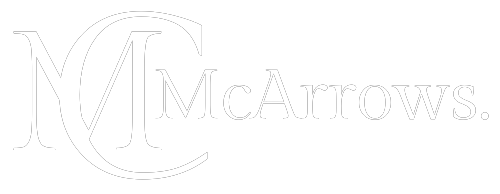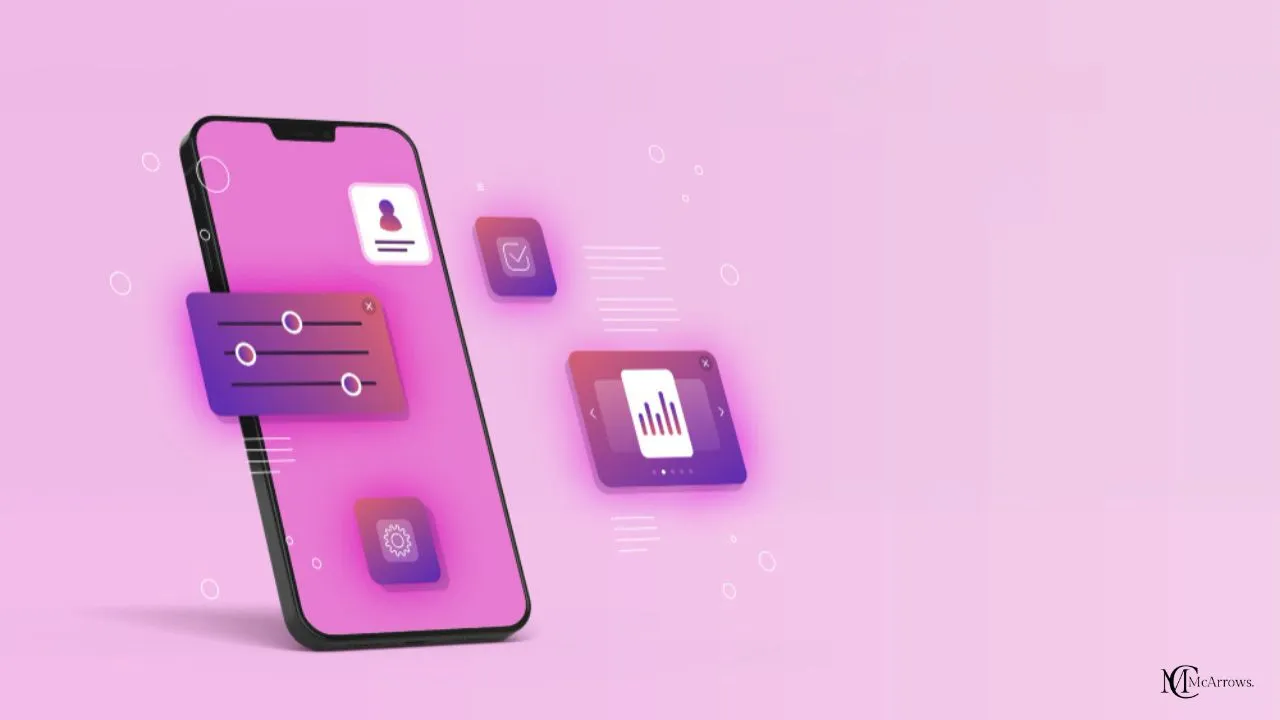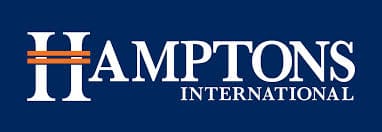Choosing the right technology stack is crucial for the success of your mobile app. It affects not only the development process but also the app’s performance, scalability, and maintenance. With so many options available, making the right choice can be daunting. This guide will help you understand how to choose the best technology stack for your mobile app development project.
Table of Contents
Understanding Mobile App Technology Stack
Definition of Technology Stack
A technology stack refers to the combination of programming languages, frameworks, libraries, and tools used to develop a software application. For mobile apps, this includes both front-end and back-end technologies.
Components of a Mobile App Technology Stack
- Front-End: The user interface and user experience components that users interact with.
- Back-End: The server-side components, databases, and server infrastructure that support the app.
- Development Tools: IDEs, version control systems, and other tools that facilitate the development process.
- Libraries and Frameworks: Pre-built components that speed up development and add functionality.
Factors to Consider When Choosing a Technology Stack
App Requirements
Type of App (Native, Hybrid, Web)
Decide whether your app will be native (specific to iOS or Android), hybrid (a mix of web and native elements), or a web app. This decision will significantly impact your technology stack choice.
Features and Functionalities
Determine the features and functionalities your app will have. More complex features might require a more robust technology stack.
Development Time
Project Timeline
Consider your project’s timeline and how quickly you need to bring your app to market. Some technologies enable faster development than others.
Time-to-Market Considerations
If speed is crucial, you might opt for technologies that allow for rapid prototyping and iteration.
Budget
Development Costs
Evaluate the costs associated with different technology stacks. Some might require more expensive resources or longer development times.
Maintenance Costs
Consider the long-term maintenance costs. Some technologies might be cheaper to maintain due to better community support or easier updates.
Scalability
Future Growth Potential
Ensure the technology stack can support your app as it grows and more users come on board.
Handling Increased User Load
The stack should be able to handle increased traffic and data as your app gains popularity.
Security
Data Protection
Choose a stack that offers robust security features to protect user data.
Compliance with Standards
Ensure the stack complies with relevant industry standards and regulations.
Performance
Speed and Responsiveness
The chosen technologies should enable your app to run smoothly and respond quickly to user interactions.
Efficient Resource Utilization
Ensure the stack makes efficient use of device resources to avoid draining battery life or causing lags.
Developer Expertise
Availability of Skilled Developers
Choose a stack that has a good supply of skilled developers to avoid difficulties in hiring.
Familiarity with the Technology
If your team is already familiar with certain technologies, leveraging that expertise can save time and money.
Community Support
Libraries and Frameworks
A strong community can provide valuable libraries and frameworks to accelerate development.
Active Community Contributions
Active community support ensures that the technology remains up-to-date and bug-free.
Popular Technology Stacks for Mobile App Development
App Requirements
Type of App (Native, Hybrid, Web)
Decide whether your app will be native (specific to iOS or Android), hybrid (a mix of web and native elements), or a web app. This decision will significantly impact your technology stack choice.
Features and Functionalities
Determine the features and functionalities your app will have. More complex features might require a more robust technology stack.
Development Time
Project Timeline
Consider your project’s timeline and how quickly you need to bring your app to market. Some technologies enable faster development than others.
Time-to-Market Considerations
If speed is crucial, you might opt for technologies that allow for rapid prototyping and iteration.
Budget
Development Costs
Evaluate the costs associated with different technology stacks. Some might require more expensive resources or longer development times.
Maintenance Costs
Consider the long-term maintenance costs. Some technologies might be cheaper to maintain due to better community support or easier updates.
Scalability
Future Growth Potential
Ensure the technology stack can support your app as it grows and more users come on board.
Handling Increased User Load
The stack should be able to handle increased traffic and data as your app gains popularity.
Security
Data Protection
Choose a stack that offers robust security features to protect user data.
Compliance with Standards
Ensure the stack complies with relevant industry standards and regulations.
Performance
Speed and Responsiveness
The chosen technologies should enable your app to run smoothly and respond quickly to user interactions.
Efficient Resource Utilization
Ensure the stack makes efficient use of device resources to avoid draining battery life or causing lags.
Developer Expertise
Availability of Skilled Developers
Choose a stack that has a good supply of skilled developers to avoid difficulties in hiring.
Familiarity with the Technology
If your team is already familiar with certain technologies, leveraging that expertise can save time and money.
Community Support
Libraries and Frameworks
A strong community can provide valuable libraries and frameworks to accelerate development.
Active Community Contributions
Active community support ensures that the technology remains up-to-date and bug-free.
Popular Technology Stacks for Mobile App Development
Native Development
iOS (Swift, Objective-C)
Swift and Objective-C are the primary languages for iOS development, offering deep integration with Apple’s ecosystem.
Android (Kotlin, Java)
Kotlin and Java are used for Android development, providing powerful tools and libraries for building robust apps.
Cross-Platform Development
Flutter
Flutter, developed by Google, allows for building natively compiled applications for mobile, web, and desktop from a single codebase.
React Native
React Native, backed by Facebook, enables developers to use JavaScript and React to build cross-platform mobile apps.
Xamarin
Xamarin, a Microsoft product, uses C# and .NET to create native apps for iOS, Android, and Windows.
Hybrid Development
Ionic
Ionic uses web technologies (HTML, CSS, JavaScript) to build hybrid mobile apps that run inside a native container.
Cordova
Apache Cordova enables developers to use web technologies to build mobile apps, offering plugins for native functionality.
Steps to Choose the Best Technology Stack
Analyze Your Project Requirements
Start by listing your project’s requirements in detail. This includes the features, target audience, and the platforms you aim to launch on.
Evaluate Different Technology Options
Look at the pros and cons of different technologies. Consider how well each option fits with your project’s specific needs.
Consider Long-Term Goals
Think about the future of your app. Choose technologies that can scale and adapt as your app grows and evolves.
Consult with Experts
Seek advice from experienced developers and conduct technical feasibility studies to understand the best options for your project.
Prototype and Test
Develop a prototype to test the performance and user experience. This will give you insights into how the chosen stack performs in real-world scenarios.
How McArrows Can Help You Choose the Best Technology Stack
Overview of McArrows’ Expertise
McArrows specializes in helping businesses select the optimal technology stack for their mobile app development projects.
Tailored Consulting Services
McArrows offers personalized consulting services to evaluate your needs and recommend the best technologies for your project.
Successful Case Studies
McArrows has a proven track record of successful projects, demonstrating their ability to choose and implement the right technology stacks for various clients.
Conclusion
Choosing the right technology stack for mobile app development is a critical decision that can affect the success of your project. By considering factors like app requirements, development time, budget, scalability, security, performance, developer expertise, and community support, you can make an informed choice. Consulting with experts like McArrows can further ensure that you select a stack that meets your needs and positions your app for long-term success.
FAQs
What is a technology stack in mobile app development?
A technology stack is the combination of programming languages, frameworks, libraries, and tools used to develop a software application, including both front-end and back-end components.
Why is it important to choose the right technology stack?
Choosing the right technology stack ensures that your app is developed efficiently, performs well, is scalable, secure, and easy to maintain, ultimately leading to a successful product.
What are the common technology stacks for mobile apps?
Common stacks include native development (Swift for iOS, Kotlin for Android), cross-platform development (Flutter, React Native, Xamarin), and hybrid development (Ionic, Cordova).
How can I evaluate the best technology stack for my project?
Evaluate based on factors like app requirements, budget, development time, scalability, security, performance, developer expertise, and community support.
How does McArrows assist in choosing the right technology stack?
McArrows offers tailored consulting services, leveraging their expertise and successful case studies to help businesses choose and implement the optimal technology stack for their projects.

CEO, McArrows
Leverages over seven years in tech to propel the company forward. An alumnus of Purdue and Amity, his expertise spans IT, healthcare, aviation, and more. Skilled in leading iOS and backend development teams, he drives McArrows’ technological advancements across diverse industries.








